From sacred mosques to revered shrines, Islamic historical places in Iraq offer a profound connection to spiritual and cultural legacy. These are not just architectural marvels but sacred spaces where faith, memory, and history meet. Iraq’s landscapes are marked with places tied to prophets, Imams, caliphs, and scholars, each carrying stories that shaped Islamic civilisation. Visiting these places is a spiritual experience that brings the soul closer to the roots of Islamic tradition.
10 Islamic Historical Places In Iraq
Step into the heart of Islamic heritage through these Islamic historical places in Iraq, where every structure holds centuries of devotion, history, and spiritual meaning:
1. Imam Ali Shrine, Najaf
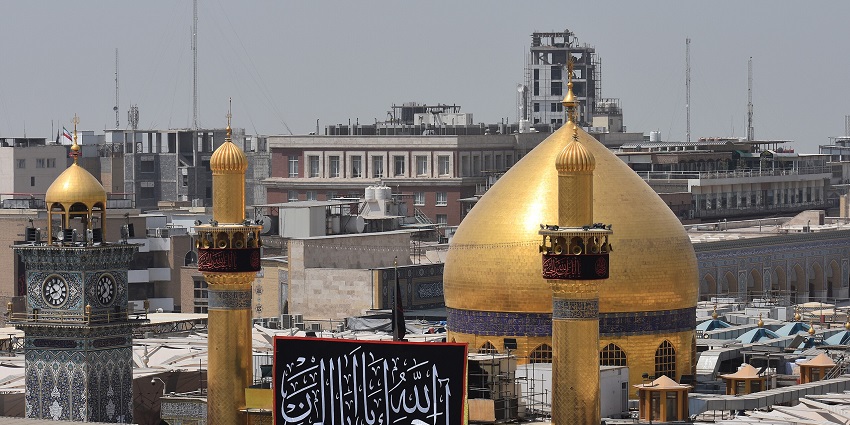
Photo: Goudarz.memar / Wikimedia Commons
This shrine is in Najaf, believed to be where Imam Ali is buried. He was the cousin of Prophet Muhammad and the first Imam in Shia Islam. Its walls are covered in tiles with verses from the Qur’an. The site has been rebuilt many times. Still, it feels old and sacred. The shrine is close to the main market and can be reached by foot or taxi. Many visitors say their first time here stays in their memory. For people who visit Najaf, this is often the first and most important stop.
Best Time To Visit: March to May, or in Rajab and Muharram
Nearby Attractions: Wadi Al-Salam Cemetery, Kufa Mosque, Najaf Souq
2. Imam Hussain Shrine, Karbala
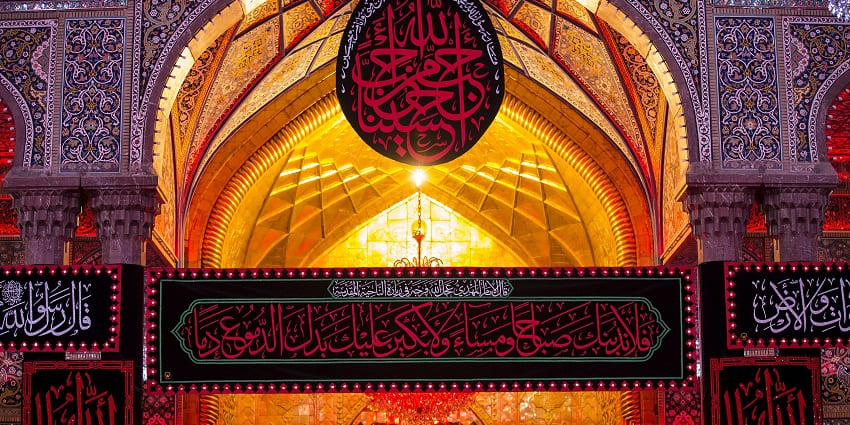
Photo: Hassan Ehap / Wikimedia Commons / Image For Representation Only
Imam Hussain Shrine is where Imam Hussain, the grandson of Prophet Muhammad, is buried. His death is remembered every year, especially in the months of Safar and Shaban, when people gather in huge numbers for Arba’een. People walk slowly and speak quietly, and many sit for hours without moving. The golden dome is the first thing most visitors see. It’s surrounded by a wide courtyard and halls lined with carpets. Just outside is the shrine of Al-Abbas, and nearby there’s a museum with objects from the battle, many of them worn with age.
Best Time To Visit: March to May, or in Shaban and Safar
Nearby Attractions: Al-Abbas Shrine, Karbala Heritage Museum, Alqiblah Gate
3. Great Mosque Of Samarra
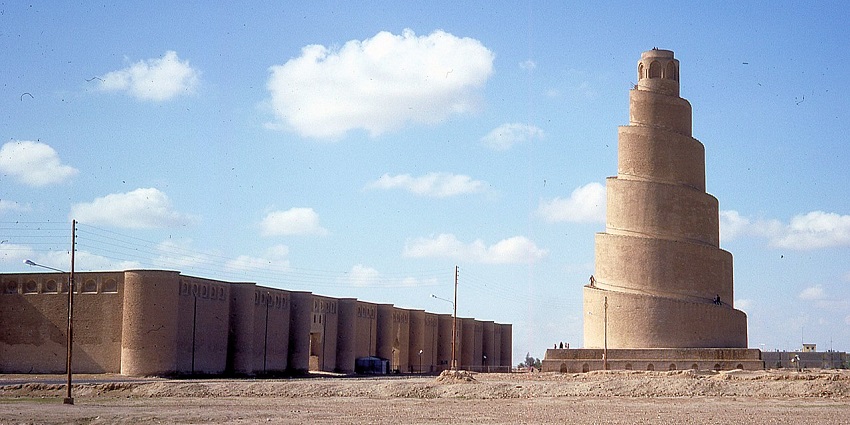
Photo: Chris Hoare / Wikimedia Commons
The Great Mosque of Samarra was built in the 800s when this city was the capital of the Abbasid Caliphate. It was meant to be the largest mosque at the time, and what’s left still shows how big it once was. The main feature is the Malwiya Tower, a tall spiral minaret made of sandstone. From up there, you can see the old city and the empty ground where the mosque walls once stood. Most of the structure is gone now, but the shape is easy to follow. You walk across open space, between broken stone lines and old foundations.
Best Time To Visit: October to December, or in Rabi al-Awwal
Nearby Attractions: Al-Askari Shrine, Abbasid Palace, Samarra Ruins
4. Al Kadhimiya Shrine, Baghdad
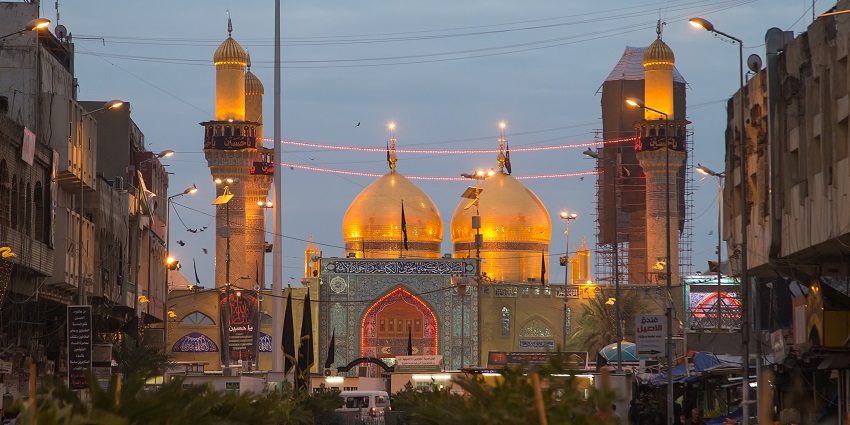
Photo: Muhammad Mahdi Karim / Wikimedia Commons
Two Shia Imams are buried there, Imam Musa al-Kadhim and Imam Muhammad al-Jawad. People have been coming here for a long time. Most come to pray or visit the graves. The streets around the shrine are full of shops and people, but once you go inside, everything becomes quiet. You walk past walls with Qur’anic writing, and the domes above are gold. There are people sitting along the sides or near the tombs. Over the years, the building has been repaired, but it hasn’t lost what makes people keep returning.
Best Time To Visit: October to December, or in Muharram and Safar
Nearby Attractions: Tigris Riverfront, Kadhimiya Bazaar, Al-Aimmah Bridge
5. Al Sahla Mosque, Kufa
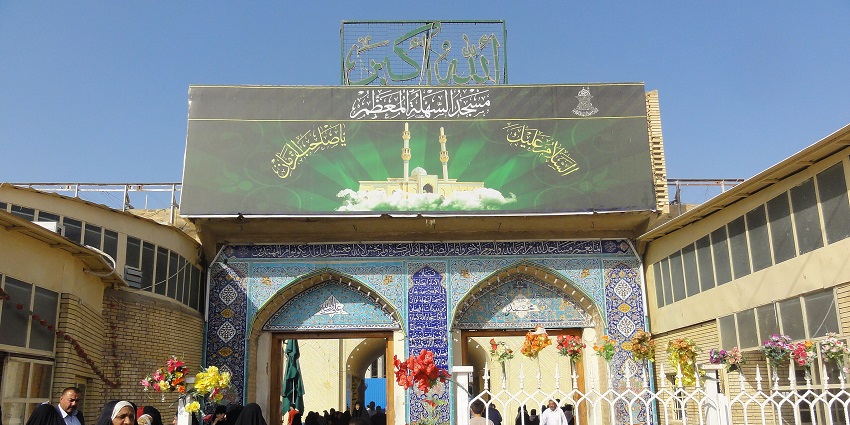
Photo: سید محمود جوادی / Wikimedia Commons / Image For Representation Only
Located in Kufa, this mosque is considered one of the oldest in the region. It holds a strong place in Shia tradition and is believed to have been visited by several prophets, including Ibrahim and Idris. The courtyard is large and open, bordered by a series of arches that mark the prayer areas. Though the structure has been maintained and renovated, it doesn’t feel modern or newly built. People who come usually stay longer than planned. For many who visit Najaf or Kufa, this mosque is part of a quiet routine, one that does not draw attention like other Islamic historical places in Iraq.
Best Time To Visit: March to May, or in Rajab and Sha’ban
Nearby Attractions: Grand Mosque of Kufa, Al-Nukhaila Mosque, House of Imam Ali
6. Shrine Of Prophet Yunus, Mosul
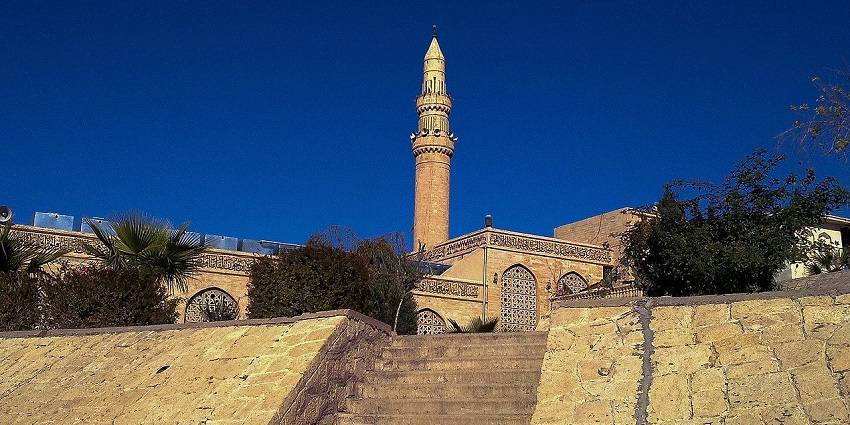
Photo: Younis ziyad / Wikimedia Commons / Image For Representation Only
This site is known as the traditional burial place of Prophet Yunus, who is also recognised as Jonah in Christian and Jewish traditions. The shrine once stood on a hill in eastern Mosul and had been visited by generations for both religious and historical reasons. Though much of the original structure was lost, people still visit the hill, even while the work continues. The walk-up is quiet, and there is often someone sitting near the site reciting or reflecting. For many locals, the shrine represents more than one religion, and the return of this place means something personal.
Best Time To Visit: November to February, or in Rabi al-Thani
Nearby Attractions: Nineveh Ruins, Mosul Museum, Al-Nuri Mosque
7. Al Nuri Mosque, Mosul
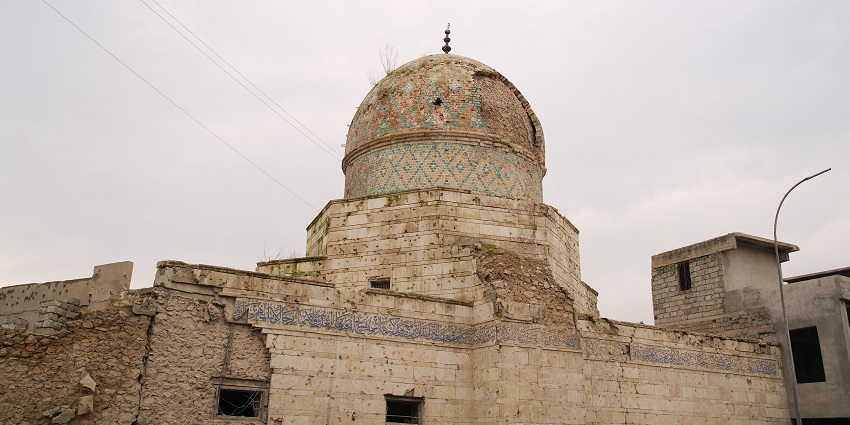
Photo: Ennolenze / Wikimedia Commons
The Al-Nuri Mosque was built in the 12th century by Nur ad-Din Zangi. For a long time, it stood as one of Mosul’s most recognised landmarks. Its leaning minaret, known locally as Al-Hadba, gave it a unique place in both the city’s skyline and its collective memory. Much of the original foundation is being rebuilt using the same materials where possible. Today, you can walk past the site and see new walls rising beside old stones, with parts of the minaret base still visible. Some walk slowly around the area; others stand and look at what’s been rebuilt so far.
Best Time To Visit: November to February, or in Jumada al-Thani
Nearby Attractions: Al Tahira Church, Mosul Old Souq, Prophet Yunus Shrine
8. Wadi Al Salam Cemetery, Najaf
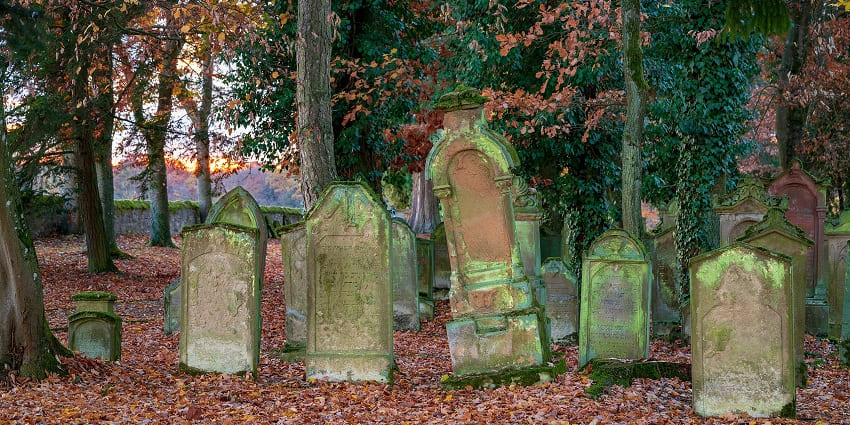
Photo: Roman Eisele / Wikimedia Commons / Image For Representation Only
This cemetery covers a vast area at the edge of Najaf and has been in use for many years. It is closely linked with Shia beliefs, and many feel that resting here brings them nearer to Imam Ali. The cemetery is located near the Imam Ali Shrine and spreads out over a huge area. Many of the names are written by hand on the stone. Some families visit and stay by the grave for a while, reading quietly or reciting. Workers carry tools or water containers as they go between the sections. It stops feeling like a single place and begins to feel endless as compared to other Islamic historical places in Iraq.
Best Time To Visit: March to May, or in Rajab and Muharram
Nearby Attractions: Imam Ali Shrine, Najaf Old City, Kufa Mosque
9. Grand Mosque Of Kufa, Kufa
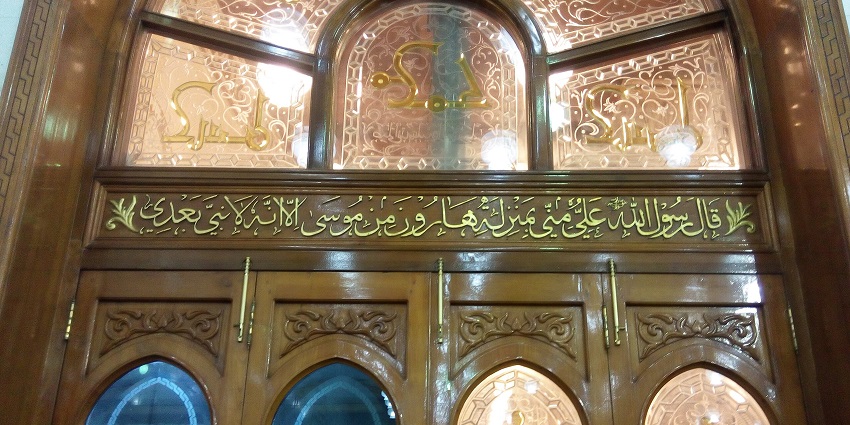
Photo: ن.عامری / Wikimedia Commons
The Grand Mosque of Kufa is very old, one of the first mosques built after Islam reached Iraq. People connect it to several key events, including ones involving Imam Ali. The structure has been repaired several times, but large sections of it still reflect the original foundation. The inside has wide areas for prayer. There are thick pillars and rows of arches. The courtyard is open but has covered walkways around it. Pilgrims often come here after visiting Najaf, sometimes staying for the entire day. Some walk around quietly, while others choose a spot and sit with a prayer book or just remain still for a while.
Best Time To Visit: March to May, or in Sha’ban and Dhul-Hijjah
Nearby Attractions: Al-Sahla Mosque, Tomb of Muslim Ibn Aqeel, House of Imam Ali
10. Al Mustansiriya Madrasah, Baghdad
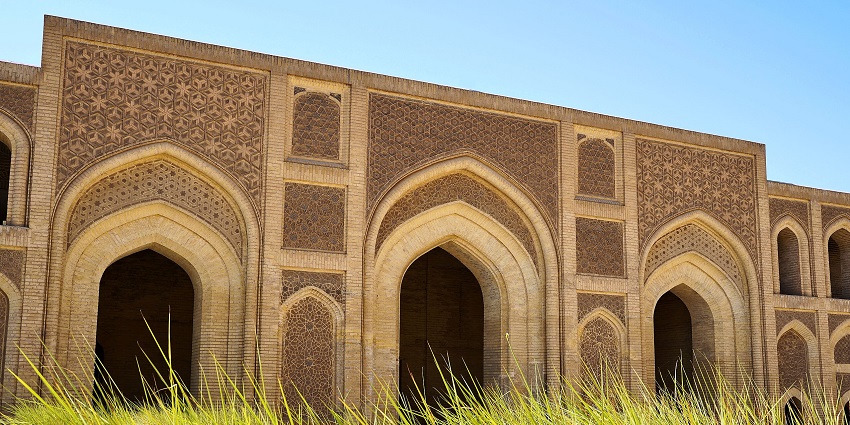
Photo: Samir Al-Ibrahem / Wikimedia Commons
This site was once a major centre for Islamic learning, founded in the 1200s during the Abbasid period. The building stands along the Tigris River and still holds the original structure, including lecture halls, courtyards, and arched walkways. It does not feel like a school anymore, but it doesn’t feel like a museum, either. You walk through spaces where people once studied law, medicine, mathematics, and religion all under one roof. The stonework is worn, and in some areas, the carvings are faded, but the layout is clear. Most visitors move through slowly, stopping at doorways or standing in the courtyard without saying much.
Best Time To Visit: October to December, or in Rabi al-Awwal and Jumada al-Awwal
Timings: 9 AM to 4 PM, Sunday to Thursday
Nearby Attractions: Al-Mutanabbi Street, Abbasid Palace, Shabandar Café
These Islamic historical places in Iraq are part of everyday life, not just history. The shrines and mosques are not quiet because they’re forgotten but because people come for something serious. In Kufa and Najaf, the buildings are old, but they are still being used the way they always were. Even in Mosul, where ruins are being rebuilt, the meaning hasn’t changed. If you’re planning to go and want help with routes, timing, or nearby stays, plan with TripXL.
Cover Photo: الدبوني / Wikimedia Commons


 WhatsApp
WhatsApp
 Twitter
Twitter









